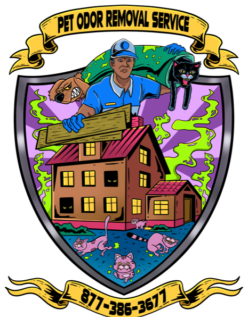
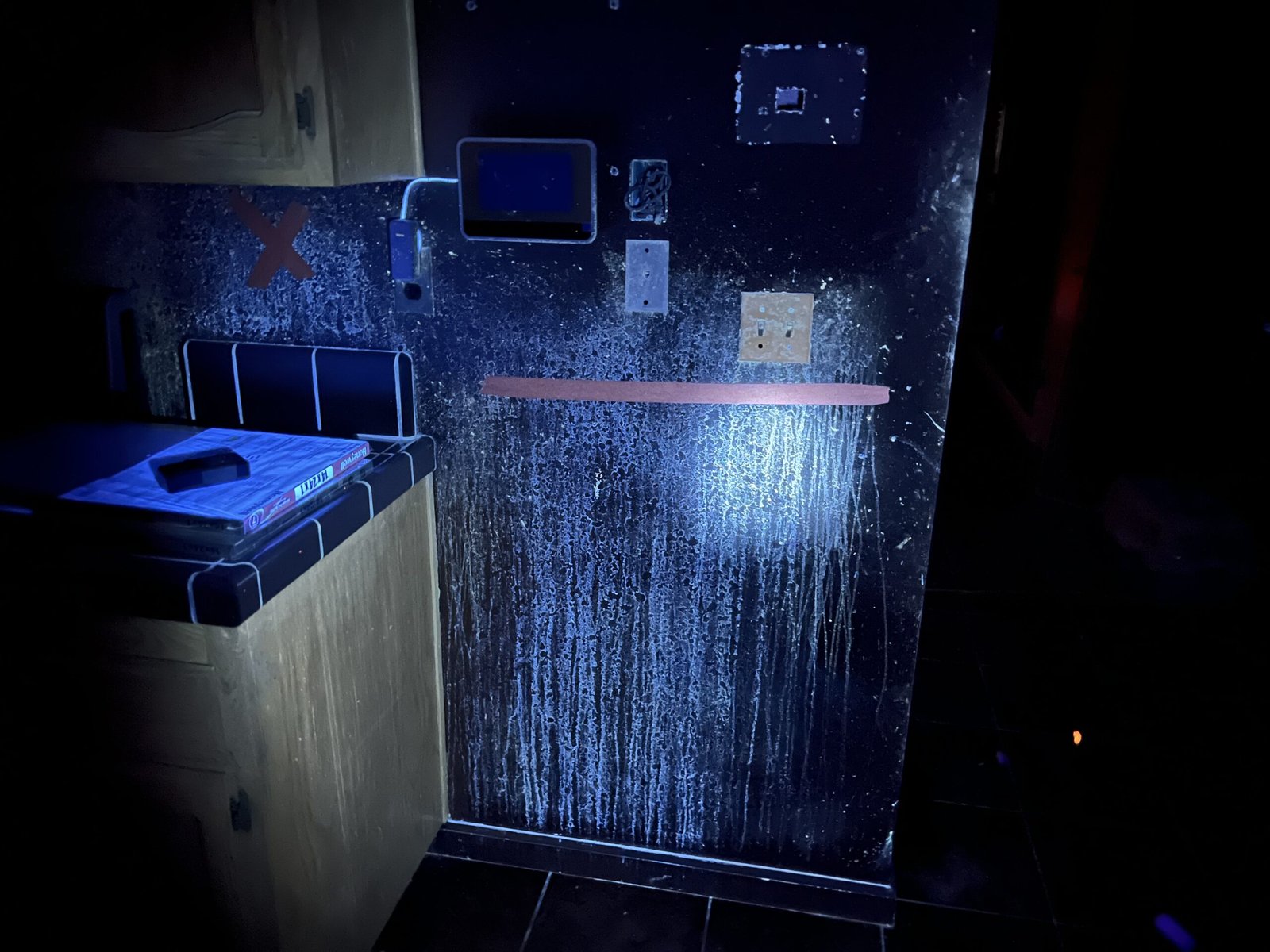

The first step in removing cat urine odor on drywall is locating the source of the odor. Our experts use UV-Black light technology to detect urine stains that might otherwise be invisible to the naked eye. By pinpointing the affected areas, we can focus our efforts on treating the root cause of the odor, ensuring the most effective and lasting results.
We also provide Drywall removal & wall stud odor removal. When dealing with cat urine odor in a home, it is essential to determine the extent of the damage. Our team will consider several factors, including:
Whether the urine has damaged the drywall, insulation, wall studs, and wall cavity or attic space.
Drywall can be a significant source of pet urine odor problems, as it can easily absorb urine, leading to damage that may go unnoticed until it worsens. Our team has extensive experience in treating drywall affected by cat urine, including:
By addressing the root cause of the odor and implementing thorough remediation measures, we can help you restore your home to a fresh, odor-free environment.
Conclusion:
If you are struggling with cat urine odor on drywall, P.O.R.S. is here to help. Our experienced team is equipped with the knowledge, skills, and tools necessary to tackle even the most challenging cat urine odor issues. Don’t let lingering odors affect your quality of life – contact us today for a professional solution.

Safely Remove Cat Urine Odor from Drywall: Tips and Considerations
Introduction:
Removing cat urine odor from drywall can be a challenging task for homeowners. It is crucial to use the right techniques and products to avoid causing additional damage to your home. In this article, we will discuss four key points to consider when addressing cat urine odor on drywall: understanding the risks of over-treating with enzyme products, ensuring proper drying, recognizing the signs of sub-surface damage, and considering professional assistance.
When treating cat urine stains on drywall, it is essential to avoid overusing enzyme-based cleaning products. Excessive application of these products can lead to moisture seeping into the drywall, wall studs, sill plate, and insulation. This can exacerbate the odor problem and cause structural damage. Always follow the manufacturer’s instructions and use the recommended amount of product to minimize these risks.

After treating the affected area, it is crucial to allow the drywall to dry completely. This will help prevent the growth of mold and mildew, which can further contribute to unpleasant odors and potential health hazards. Use fans or dehumidifiers to speed up the drying process, and ensure that the area is well-ventilated.
Wet drywall and swollen baseboards are indicators of sub-surface damage caused by cat urine. If you notice these signs, it may be necessary to remove and replace the affected materials to eliminate the odor and prevent further damage. Addressing sub-surface damage promptly is essential to maintain the structural integrity of your home and protect your investment.
If you are unsure about how to tackle cat urine odor on drywall or are concerned about potential damage, it may be best to seek professional assistance. Experienced professionals can assess the situation, recommend appropriate treatments, and ensure that the problem is resolved effectively and safely. Involving experts can save you time, effort, and potential costly repairs down the line.
Conclusion:
Removing cat urine odor from drywall can be a delicate process, and homeowners must take care not to exacerbate the problem. By understanding the risks of over-treating with enzyme products, allowing the area to dry thoroughly, recognizing signs of sub-surface damage, and considering professional help, you can effectively and safely eliminate cat urine odor from your home.
Repairing odor damage caused by years of neglect is a complex task that requires a thorough assessment of the affected structure. Identifying and treating cat urine stains on drywall with Odor Encapsulator is crucial for ensuring complete odor removal. In this article, we discuss the importance of locating urine stains using UV-black light, employing electronic devices to detect moisture, and determining when to utilize drying equipment or remove damaged materials.
The first step in repairing odor damage is identifying the source of the problem. We use UV-black light technology to locate cat or dog urine stains on drywall. This method illuminates the stains, allowing us to target the affected areas for treatment and ensuring a more effective odor removal process.
In cases where walls have been recently painted or new wall texture has been applied, it can be challenging to detect urine stains with UV-black light. In these situations, we employ electronic devices to identify moisture on drywall. These devices help us pinpoint the affected areas, even when visual identification is difficult.
Once we have located the urine stains, we can evaluate the extent of the damage. Depending on the amount of wet urine on the drywall, we may need to bring in drying equipment to remove moisture from the structure. In more severe cases, it may be necessary to remove and replace drywall and insulation to ensure complete odor removal. This step is particularly crucial when moisture levels are very high, as it allows us to dry out wall studs and sill plates effectively.
Conclusion:
Repairing odor damage from cat urine on drywall is a challenging process that demands a thorough evaluation of the affected structure. By using advanced techniques such as UV-black light technology and electronic moisture detection, we can accurately identify and address the problem areas. Depending on the extent of the damage, we may need to use drying equipment or remove materials to guarantee 100% odor removal. Trusting professionals with this process ensures that your home is restored to a fresh and odor-free environment.
REMOVE CAT URINE ON DRYWALL
REMOVE CAT URINE DAMAGED INSULATION BEHIND DRYWALL
SEAL URINE ODOR STAINED STUDS BEHIND DRYWALL
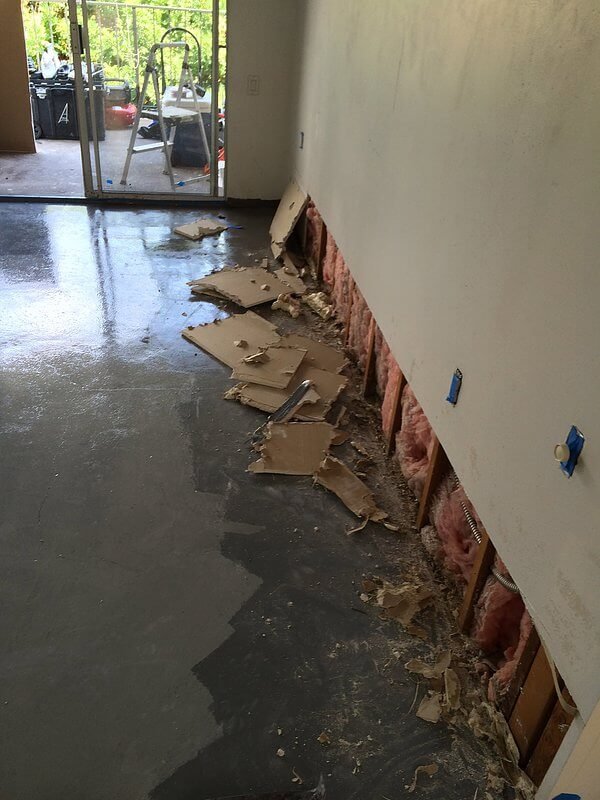
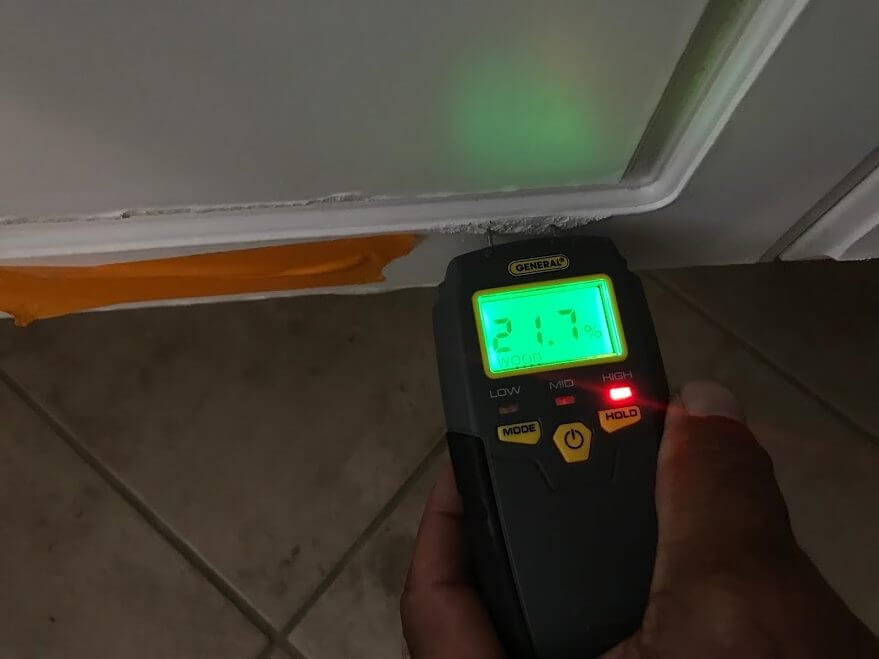

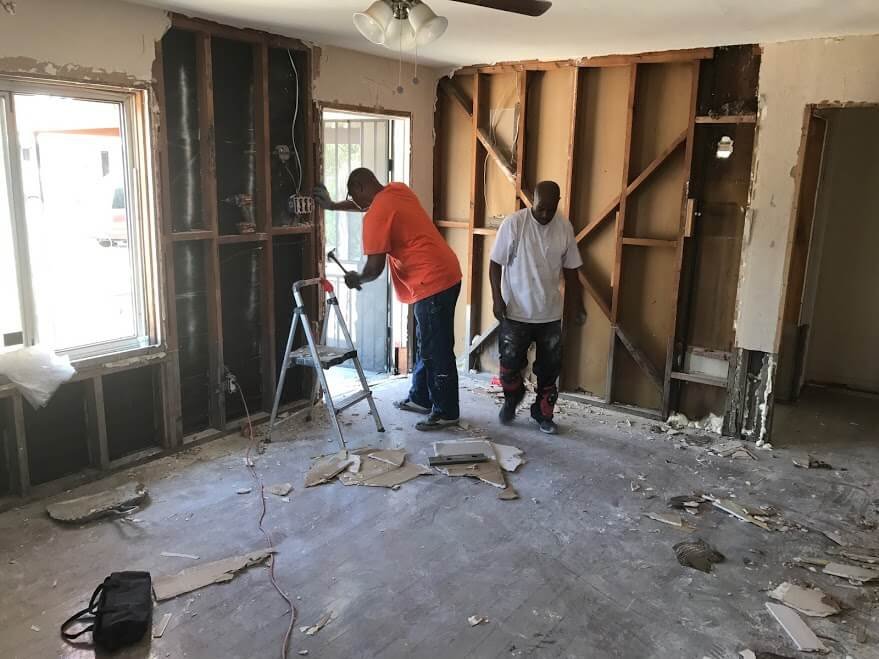




Copyright 2025. Powered by : Onqanet Technologies
